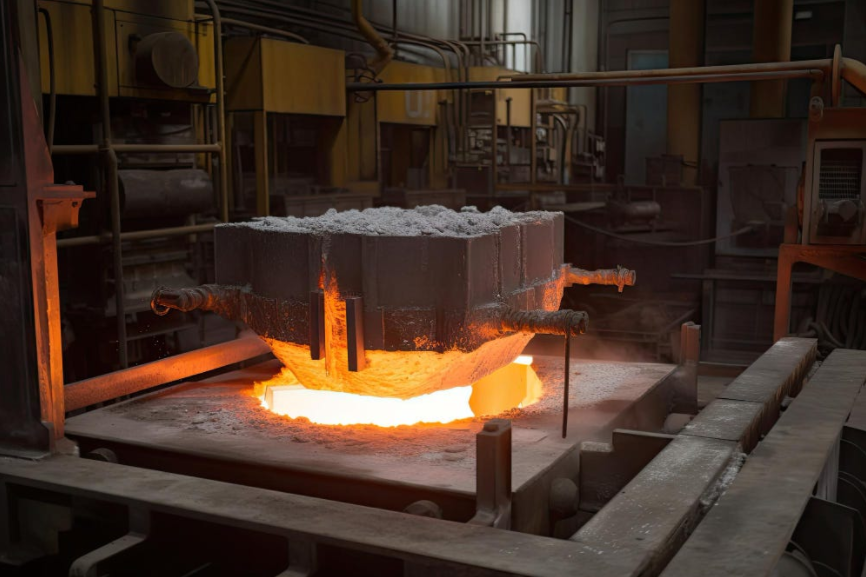Die casting is a manufacturing process that is used to produce metal parts that have a high degree of accuracy and precision. This process involves the use of a die, which is a mold made out of steel, that is used to produce parts that are identical in shape and size. In this article, we will explain the die casting process and the various steps involved.
Step 1: The Mold Design
The first step in the die casting process is designing the mold. The mold is usually made out of steel, and it is designed to produce parts that are identical in shape and size. The mold is usually designed using computer-aided design (CAD) software, which allows for the creation of a 3D model of the mold.
Step 2: The Mold Production
Once the mold design is complete, the mold is produced using a variety of techniques. The most common technique used is CNC machining, which involves the use of computer-controlled machines to cut and shape the mold. Once the mold is machined, it is polished to ensure that the surface is smooth and free of any imperfections.
Step 3: The Casting Process
The casting process begins with the melting of the metal that is going to be used to produce the parts. The metal is melted in a furnace, and once it has reached the required temperature, it is poured into a chamber called a shot sleeve. The shot sleeve is then injected into the mold at a high pressure, and the metal fills the cavity of the mold.
Step 4: Cooling and Ejection
Once the metal has been injected into the mold, it is allowed to cool and solidify. The cooling time will depend on the size and thickness of the part being produced. Once the metal has solidified, the mold is opened, and the part is ejected. The part is then cleaned to remove any excess material or debris.
Step 5: Trimming and Finishing
The final step in the die casting process is trimming and finishing. Trimming involves removing any excess material or flash that may be present on the part. Finishing involves polishing or coating the part to give it the desired appearance and surface finish.

Advantages of Die Casting
Die casting offers a number of advantages over other manufacturing processes. One of the main advantages is that it allows for the production of parts with a high degree of accuracy and precision. Additionally, die casting is a highly efficient process, which means that it can produce large quantities of parts in a relatively short period of time. Die casting is also a cost-effective process, as it requires less material and labor than other manufacturing processes.
Conclusion
Die casting is a highly-efficient and cost-effective manufacturing process that is used to produce metal parts with a high degree of accuracy and precision. This process involves the use of a mold made out of steel, which is used to produce parts that are identical in shape and size. The process involves several steps, including mold design, mold production, casting, cooling and ejection, and trimming and finishing. Die casting offers a number of advantages over other manufacturing processes, including high accuracy and precision, efficiency, and cost-effectiveness.
-

- Vysoce přesné tlakové odlitky z hořčíkové slitiny pro automobilový zámek zapalování
-

- OEM služby tlakového lití kovových součástí středního macbooku
-

- Kryt motoru elektrického vozidla z tlakového lití z hořčíkové slitiny uprostřed
-

- Držák na palubní desku pro CNC obrábění
-

- Custom-made die casting parts&comopnents for bicycle suspension fork for MTB
-

- Dětské kolo ze slitiny hořčíku a hliníku 3-8 let staré Levný výprodej 14palcové dětské kolo FOREVER Velkoobchod 2022

 0086-750-5616188
0086-750-5616188 +86 13392089688
+86 13392089688 sales@zhongmei-tech.com
sales@zhongmei-tech.com







